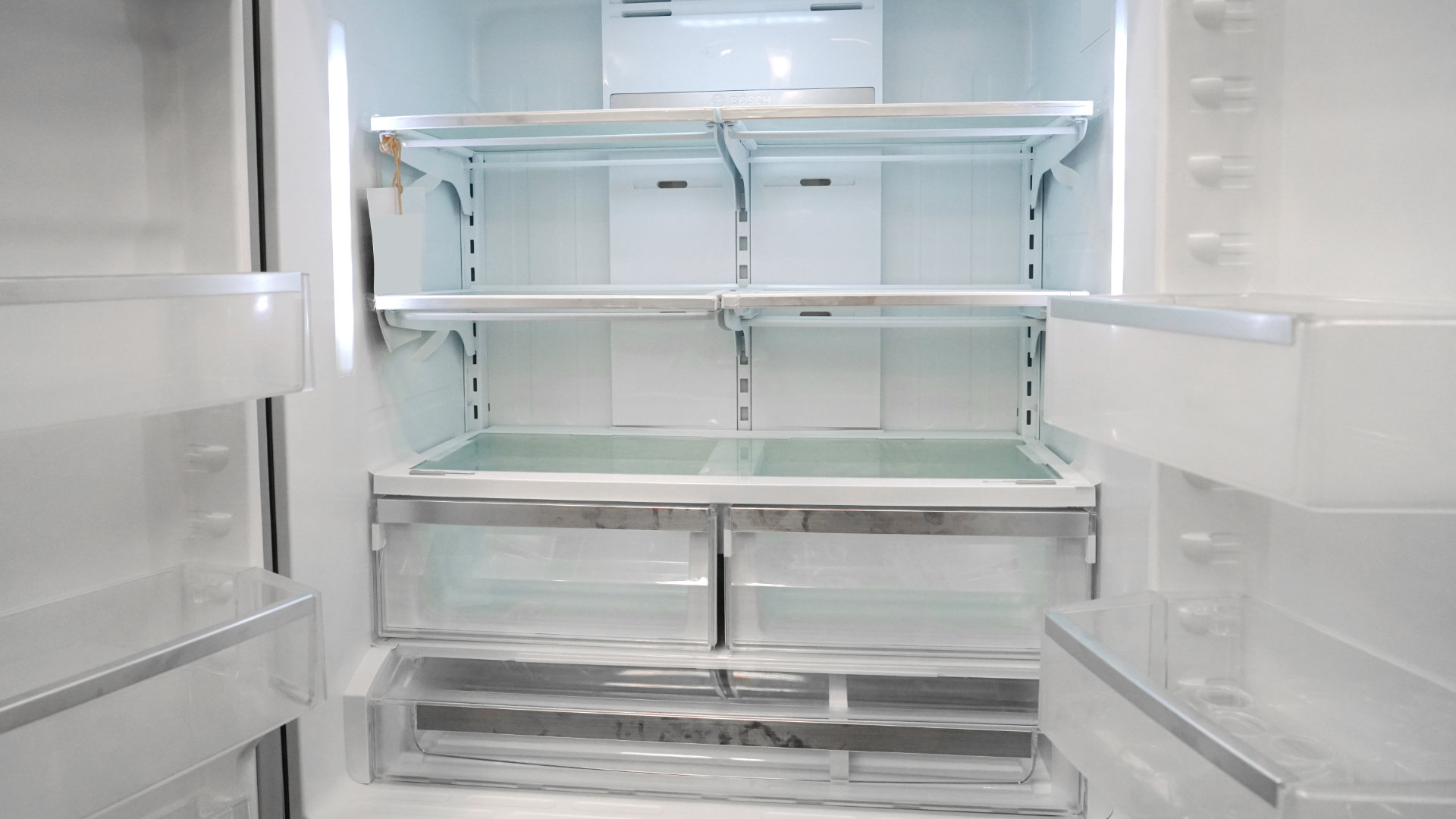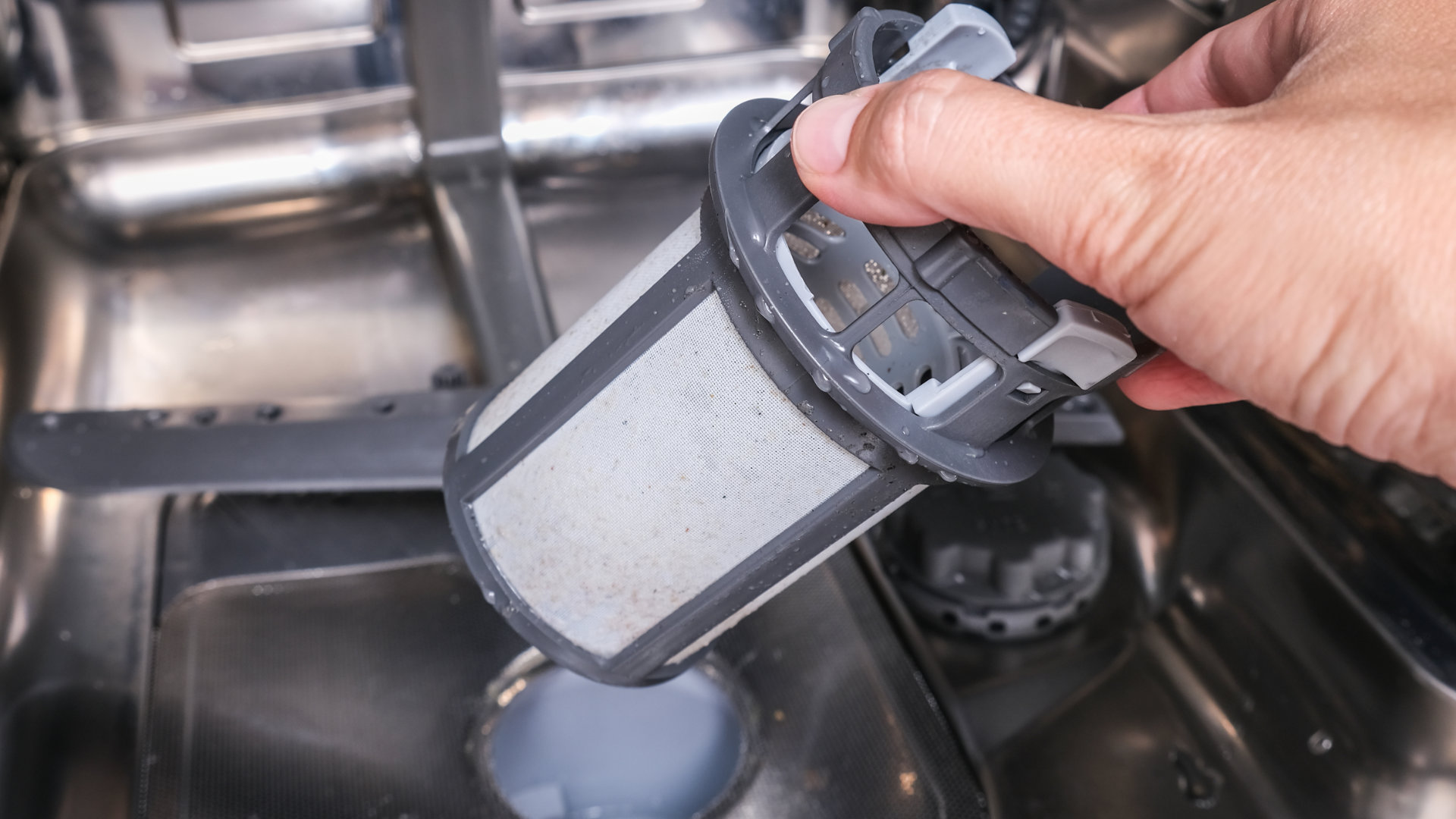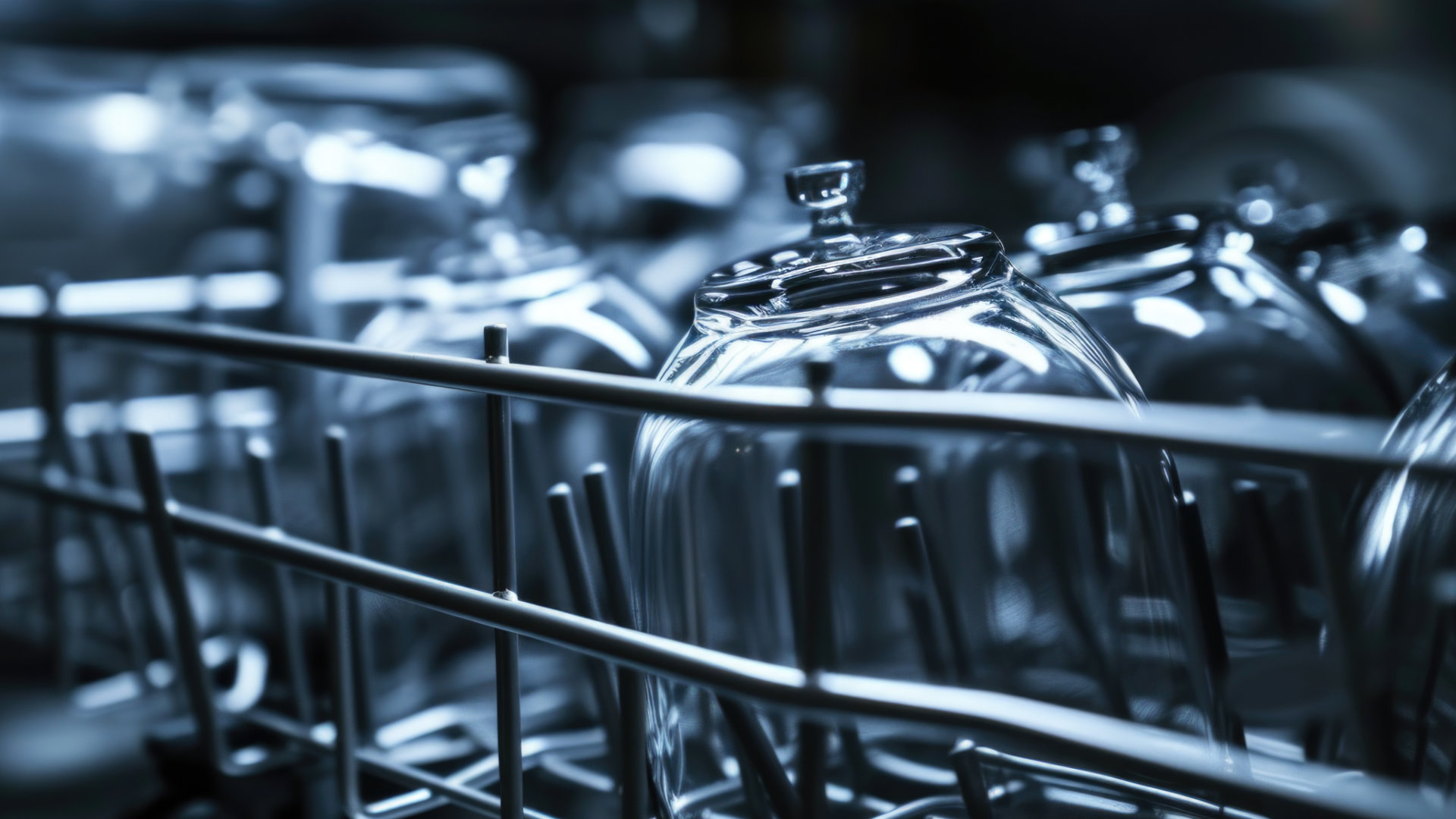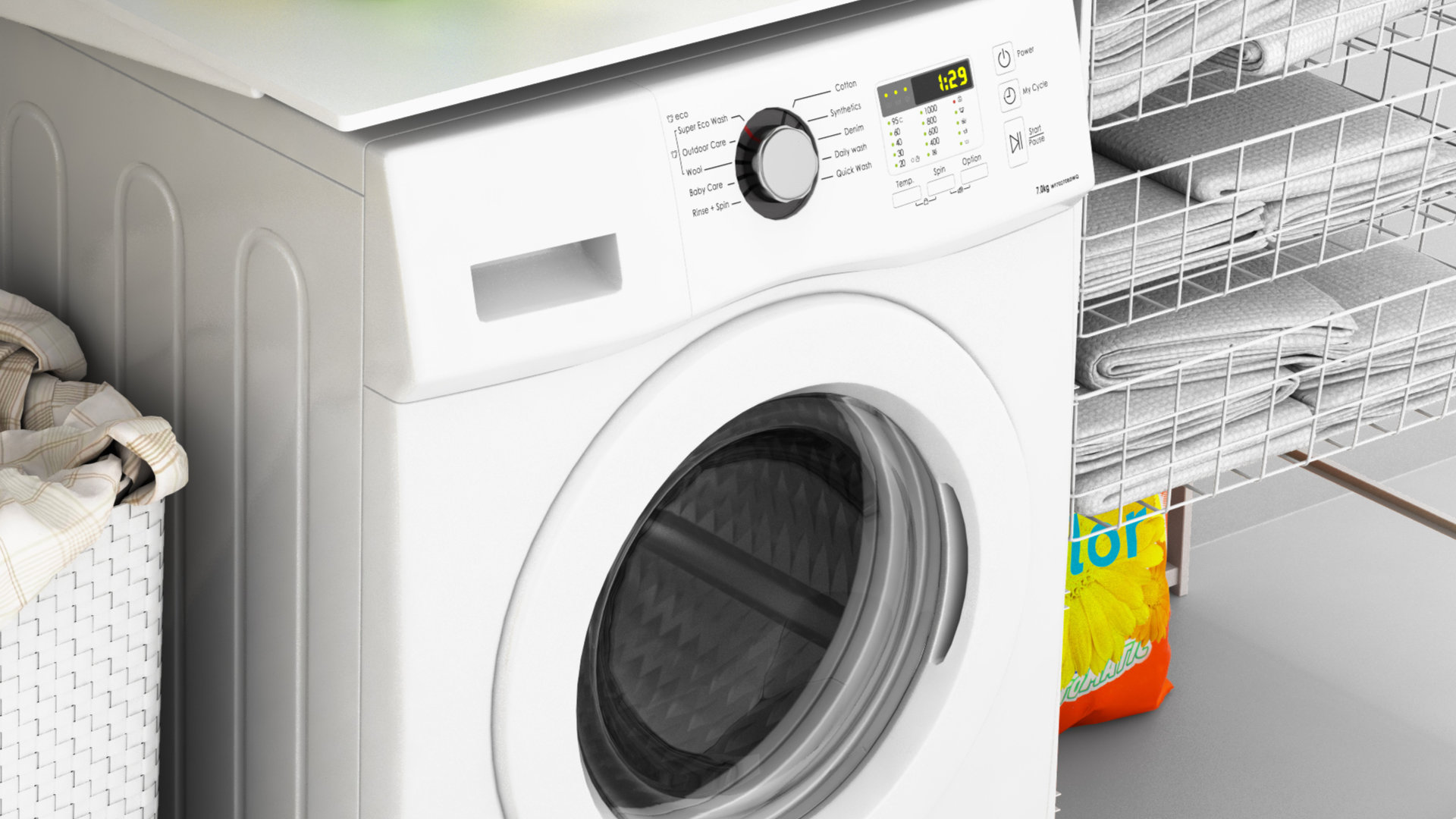
When you buy a dishwasher, you expect it to take care of every aspect of the dishwashing process, including drying the dishes. So it’s especially frustrating when you open it up at the end of a cycle, ready to unload, and find that the dishes all need to be dried by hand. What causes this to happen? Read on to find out the main causes of a dishwasher not drying properly and some easy solutions.
Improper loading
You could be loading your dishwasher incorrectly or overloading it. For optimum performance, ensure that all of your dishes are properly tilted and are not touching each other or the moving parts of the dishwasher.
Incorrect dishwasher loading can cause light plastic cups or glasses to move and tip over, collecting wash water. Incorrectly placed dishes may also prevent the dispenser lid from opening or the spray arms from turning.
Incorrect wash cycle settings
If your dishwasher is set to run on a delicate or eco cycle, it may not dry properly because these cycles use less heat in order to either save electricity or not damage delicate materials. Check your dishwasher settings—it should be set to regular or heavy load.
Your dishwasher requires rinse aid
Most dishwashers have a rinse aid reservoir. Although it’s possible to run a dishwasher without using this function, you get a much better result if you do use it.
During the final rinse, rinse aid helps with drying by dispersing water from the surface of your dishes. It keeps water droplets from drying and leaving water marks on your dishes.
When your dishwasher’s rinse aid light comes on, it’s time to refill. On most makes and models, the rinse aid reservoir is next to the detergent reservoir on the inside of your dishwasher’s door. Open the cover of the reservoir, pour in the rinse aid until the reservoir is full and close the cover.
You’re using tablets but didn’t select the tablet function
Tablet detergents may not perform well when it comes to drying and rinsing. To compensate, your dishwasher can be pre-programmed to work with tablets.
Some newer dishwasher models include sensors that detect the use of tablet detergent. If your dishwasher doesn’t have this feature, use the tablet detergent setting manually when using tablets.
Additionally, even though some tablets have a two-in-one formula that claims to include rinse aid, it’s advised that you actually use rinse aid in addition to these tablets.
You’re washing a lot of plastic
It’s worth checking if it’s the whole load that’s not drying or just the plastic items. If it’s just the plastic, the problem isn’t with the dishwasher; it’s just because of these materials.
To understand what’s going on, you need to know that many modern dishwashers use condensation to dry dishes. The items in the machine retain heat after the final rinse, which uses hot water. The stainless steel walls of the dishwasher don’t retain as much heat so the moisture that evaporates from the wash load condenses on the dishwasher’s walls. However, because plastic doesn’t retain as much heat as other materials, it can remain wet even when the rest of the load is dry.
You can’t do much about this problem, apart from drying plastic items by hand after the washing is complete or washing them separately by hand.
The heating element has a problem
During the dry cycle, the heating element heats the dishes. It can heat the interior to temperatures ranging from 110 to 170 degrees Fahrenheit. A damaged element can cause the dishwasher drying function to not work properly. In order to check this:
- First, unplug the dishwasher or shut off its power source and carefully inspect the heating element for malfunctioning or burned-out areas.
- A multimeter may be required to test the heating element for continuity.
- The heating element is typically located beneath the tub, behind the lower panel. For specific instructions on how to locate the element, consult your dishwasher’s owner’s manual.
- If you discover a problem with your heating element, it’ll need to be replaced. You can hire a professional or order a replacement part from your dishwasher manufacturer and try fixing it yourself.
The vent has a problem
If your dishwasher is still not drying dishes after exhausting all of the above possibilities, you could have a problem with the vent.
A vent is commonly used in dishwashers to release the hot, steamy air produced during the rinse cycle. The dishwasher will leave moisture on the dishes if the vent is not properly opened. Examine the vent to ensure that it’s working properly.
- If the vent door is stuck closed or doesn’t fully open, it may need to be repaired or replaced.
- The vent may also come equipped with a fan motor. For specific instructions on how to test the vent motor, consult the dishwasher manual.
- If the motor is broken, you’ll need to either order a replacement part from the manufacturer or hire a technician to fix the problem.
Open the dishwasher door at the end of the cycle
If you have gone through all the above tips and have not found a solution to your problem, you can always try opening the dishwasher door at the end of the cycle and letting it stand open until the dishes have totally cooled.
This might work because your dishwasher dries by condensation, which means previously dry dishes may become wet again as moist air is retained inside the appliance. Opening the door after the cycle can help avoid moisture retention by allowing the humid air to escape and not condensate on the dishes. Some dishwashers are even designed to automatically open at the end of the cycle for this reason.

How to Reset a Whirlpool Refrigerator Ice Maker

6 Reasons Your LG Refrigerator Is Not Making Ice

Kenmore Fridge Ice Maker Not Working? 5 Ways to Fix It

How to Remove Fish Smell from Your Refrigerator

How To Fix Bosch Dishwasher E24 Error

Troubleshooting a Whirlpool Dishwasher Not Draining

Why Is Your Fridge Water Not Working, but Ice Is?

How to Fix the E15 Bosch Dishwasher Error Code

How Much Power Does a Microwave Use?

How to Properly Clean Refrigerator Coils

How to Fix an LG Washer Showing OE Error Code

Troubleshooting a GE Dishwasher with No Power and No Lights

10 Reasons Why Your Bosch Dishwasher Won’t Start

Troubleshooting the F5 Error Code with a Maytag Washer


